Learn about the library of Alexandria
The Library of Alexandria wasn’t just a hoard of scrolls; it was a beacon of knowledge in the ancient world. Established in the heart of Egypt, it attracted scholars from all corners of the earth.
This cultural hub became synonymous with intellectual achievement, drawing curious minds eager to explore its vast collections. Imagine walking through its grand corridors, surrounded by the works of great thinkers. The aura of learning was palpable, setting the stage for a legacy that would endure for centuries.
The Birth of a Legendary Institution
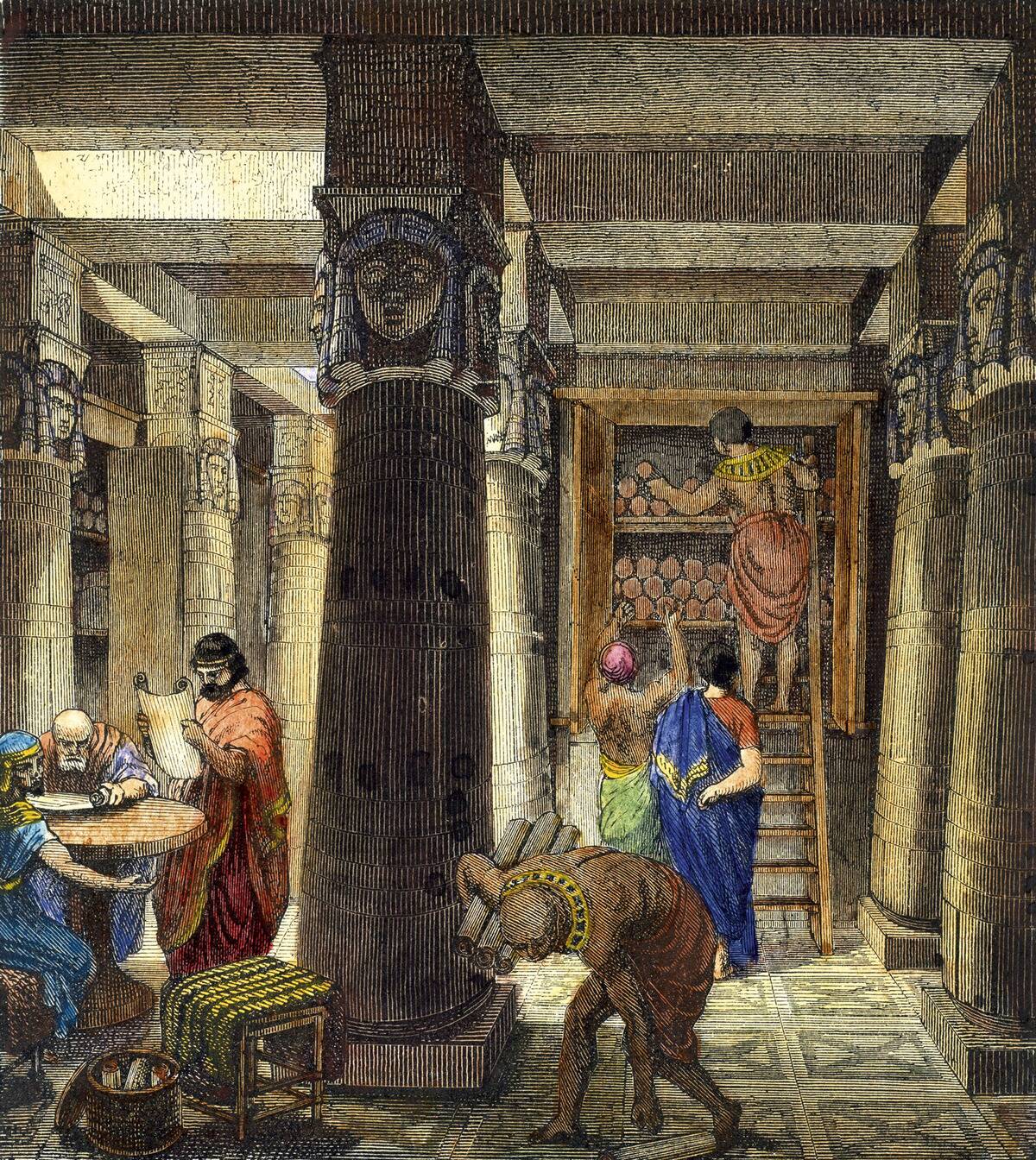
Founded in the early 3rd century BCE, the Library of Alexandria quickly became the largest and most significant library of the ancient world. It was part of a larger research institution called the Museum of Alexandria, which was dedicated to the Muses, the Greek goddesses of the arts.
The vision was to collect all the world’s knowledge, making it a true center of learning and culture. Ships docking in Alexandria had to surrender their books to the library to be copied, ensuring its collections grew exponentially.
The Visionary Behind the Library: Ptolemy I
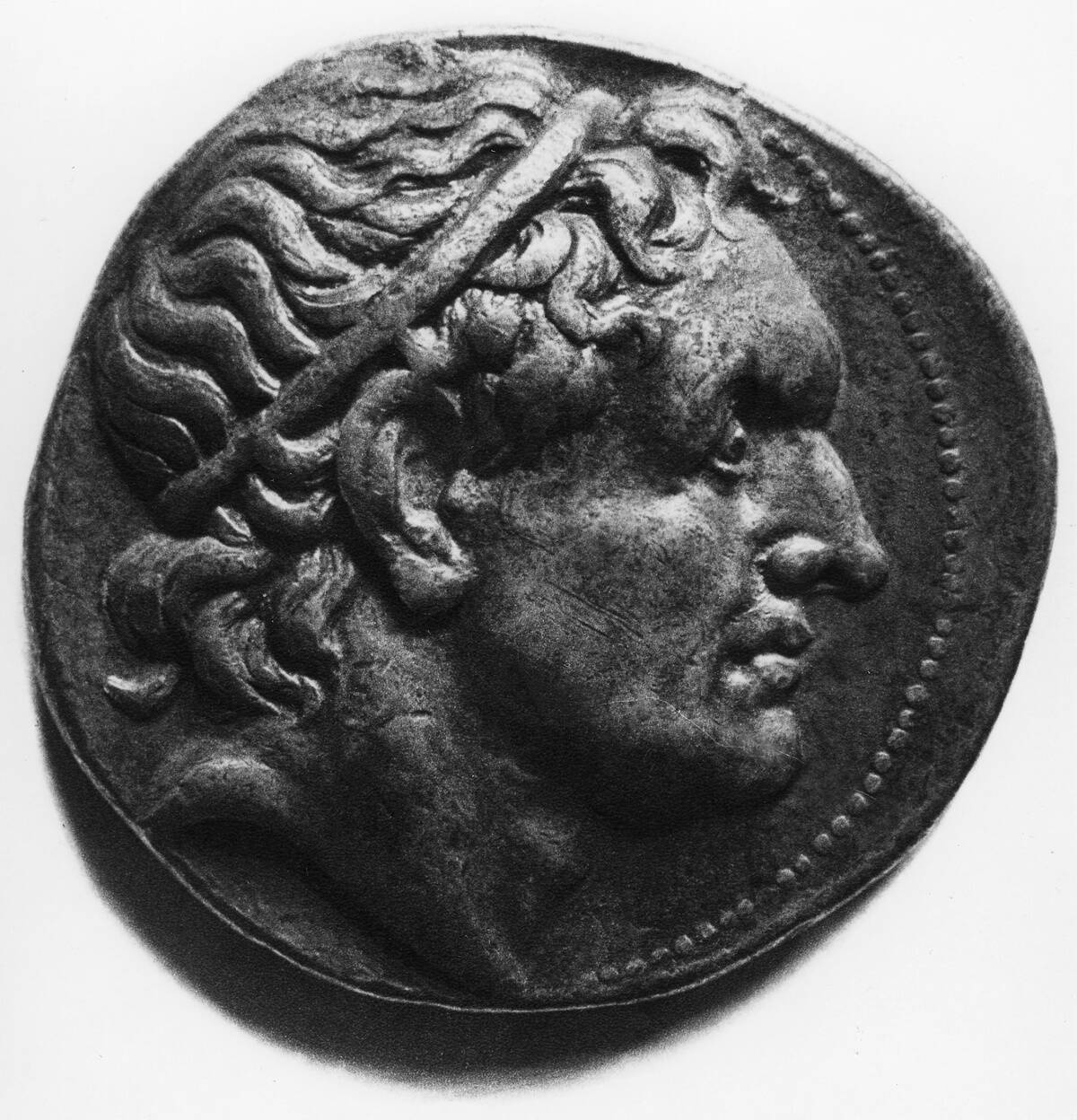
Ptolemy I Soter, a former general of Alexander the Great, was the mastermind behind this legendary library. After ascending to the throne of Egypt, he envisioned a place where the intellect could flourish.
Ptolemy I’s commitment to knowledge and culture was revolutionary, laying the foundation for Alexandria to become a capital of learning. His efforts were continued by his successors, particularly Ptolemy II Philadelphus, who is now considered likely to have actually had the library and its resources built.
A Treasure Trove of Ancient Knowledge
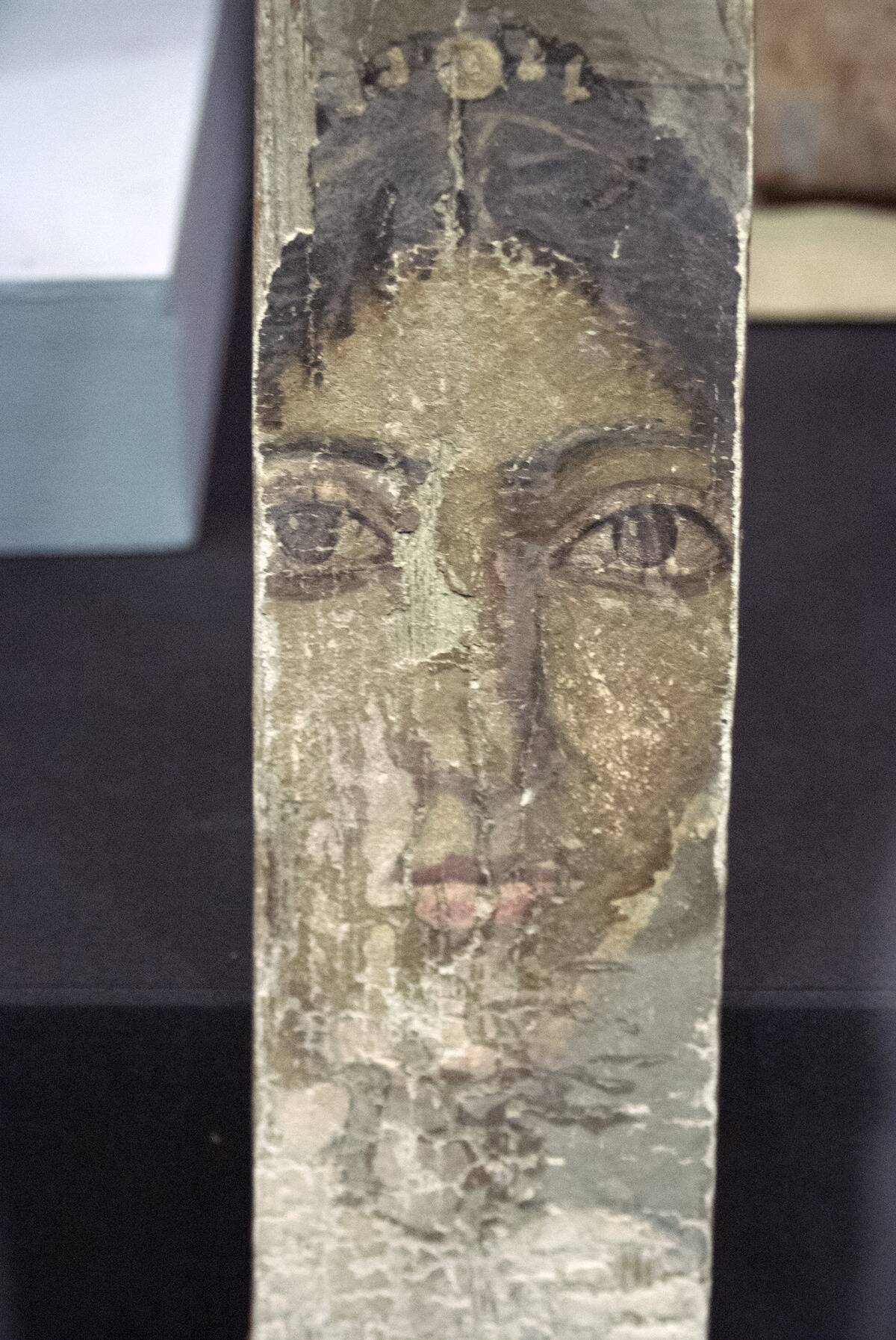
The library housed an unparalleled collection of works from various cultures and languages, including Greek, Egyptian, Persian, and Indian texts. It was said to contain over half a million scrolls, covering topics from mathematics to astronomy and philosophy.
Key works included those of Homer, Plato, and Socrates, as well as texts from the library’s own scholars. It served as a melting pot for diverse ideas, fostering advancements across numerous fields.
The Architectural Marvels of Ancient Alexandria
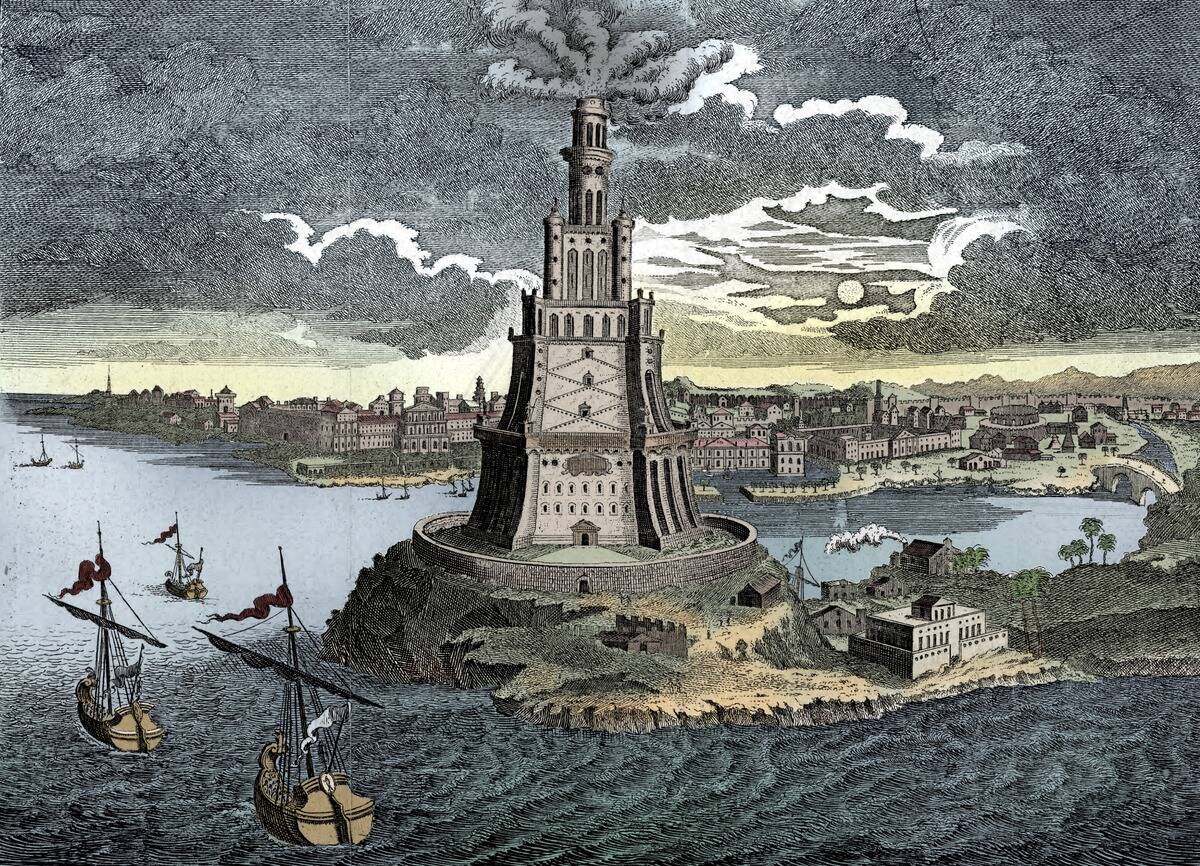
The Library of Alexandria was part of a grand architectural vision that included the famous Lighthouse of Alexandria, one of the Seven Wonders of the Ancient World.
The library itself was an impressive structure, rumored to have multiple reading rooms, lecture halls, and gardens for scholars to muse in tranquility. Its design was meant to inspire awe and reflect the grandeur of its purpose—an eternal dedication to the pursuit of knowledge.
Famous Scholars and Philosophers Who Graced Its Halls
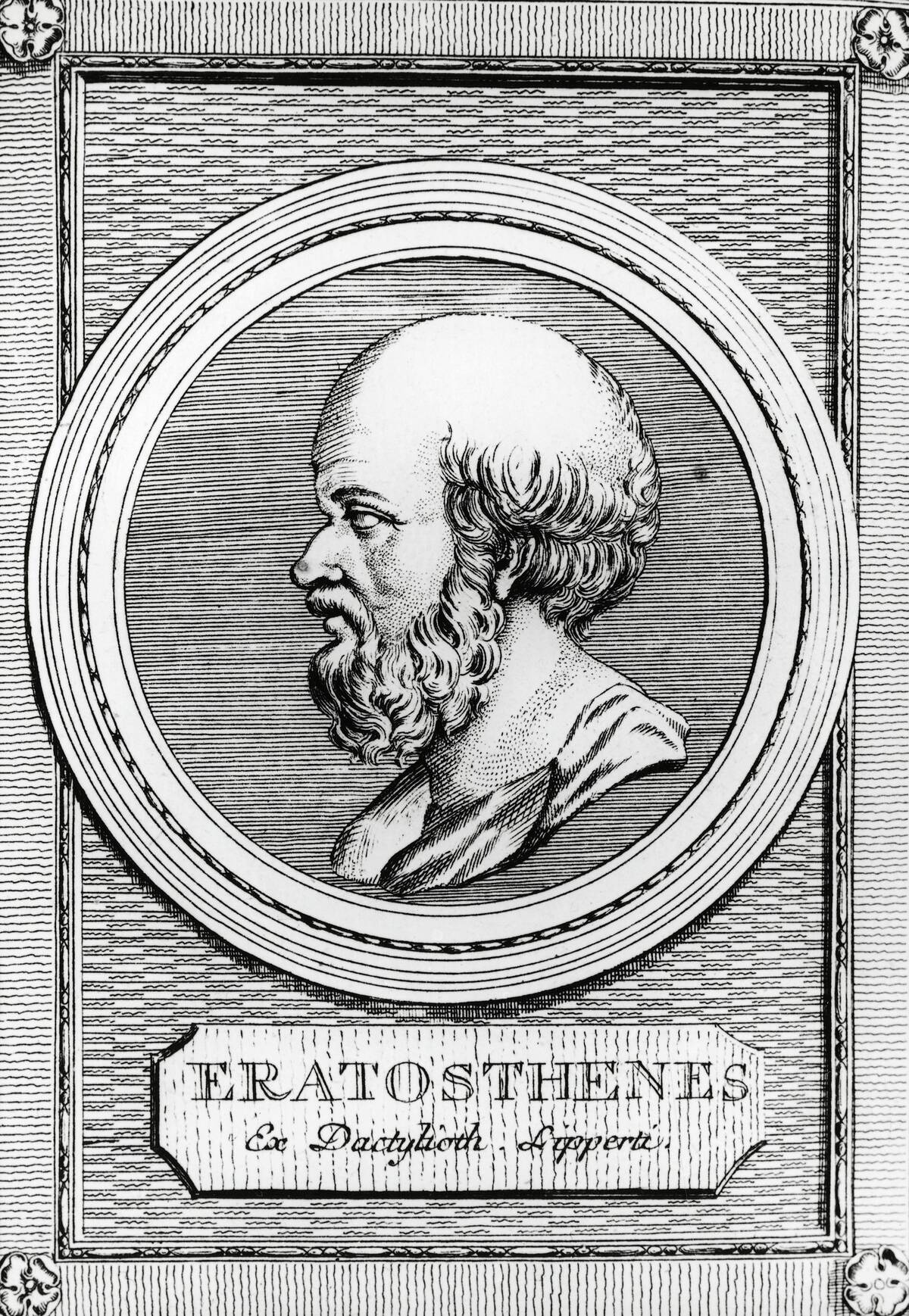
The library attracted intellectuals of the highest caliber, including Eratosthenes, who accurately calculated the Earth’s circumference.
The philosopher and polymath Archimedes also spent time there, contributing significantly to physics and engineering. These scholars and many others used the library as a base to collaborate, debate, and push the boundaries of contemporary knowledge.
The Role of the Library in Advancing Science
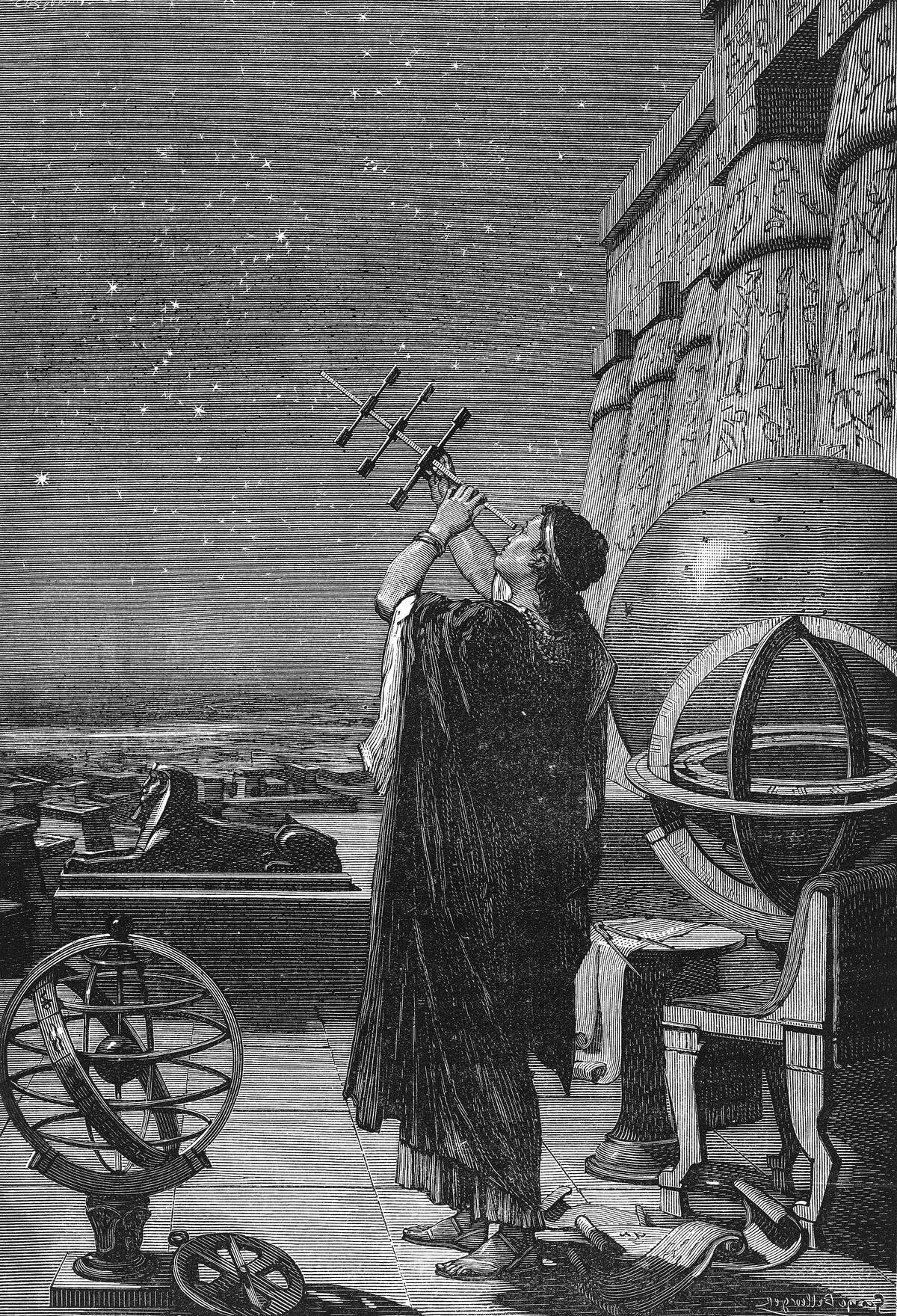
The Library of Alexandria was a hub for scientific inquiry, playing a pivotal role in the development of fields such as astronomy, mathematics, and medicine.
Scholars like Hipparchus made groundbreaking astronomical observations, while Herophilus conducted early studies in anatomy and physiology. This environment of shared knowledge and resources enabled cross-disciplinary collaborations that propelled scientific advancements far ahead of their time.
Literature and Poetry: The Library’s Impact on Arts
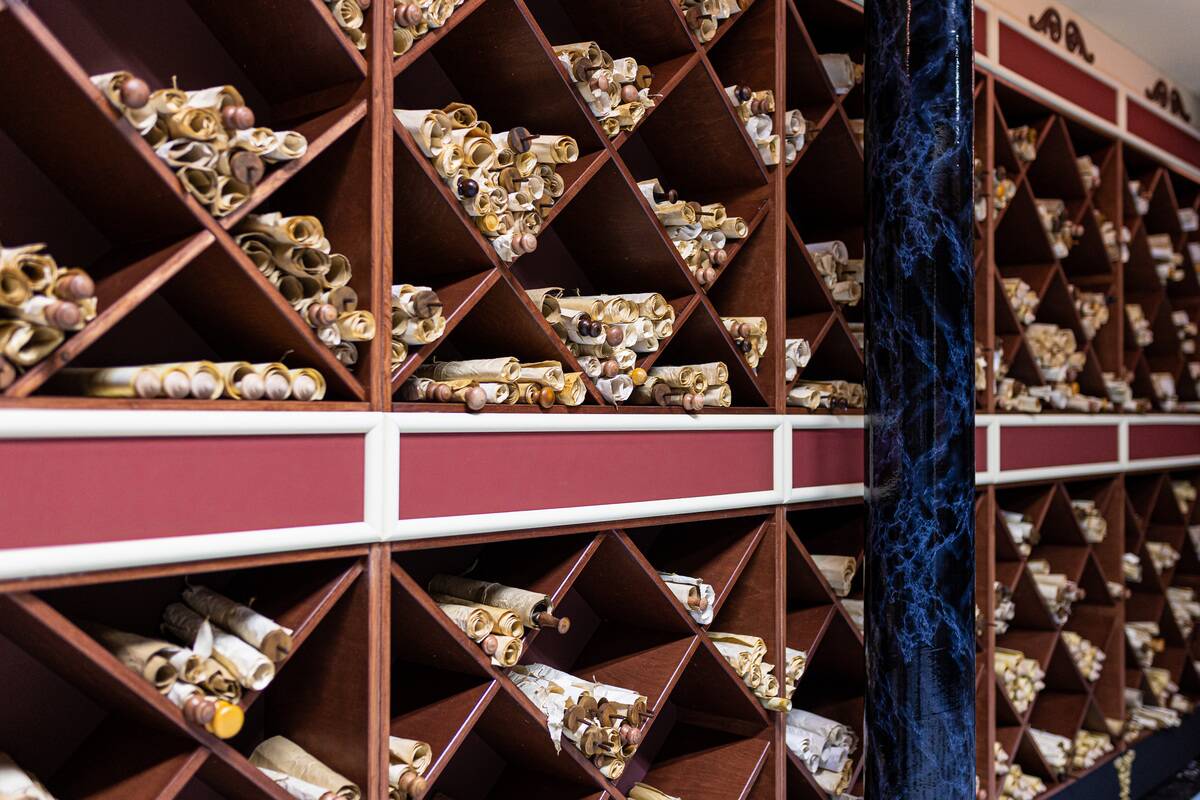
The library wasn’t just about science; it was equally a sanctuary for literature and the arts. It preserved works of Homeric epics, tragedies of Sophocles, and comedies of Aristophanes.
Poetry thrived here, with scholars like Callimachus contributing significantly to the literary canon. This nurturing of the arts ensured that cultural achievements were valued alongside scientific ones, providing a holistic approach to knowledge and creativity.
The Library’s Innovative Cataloging System
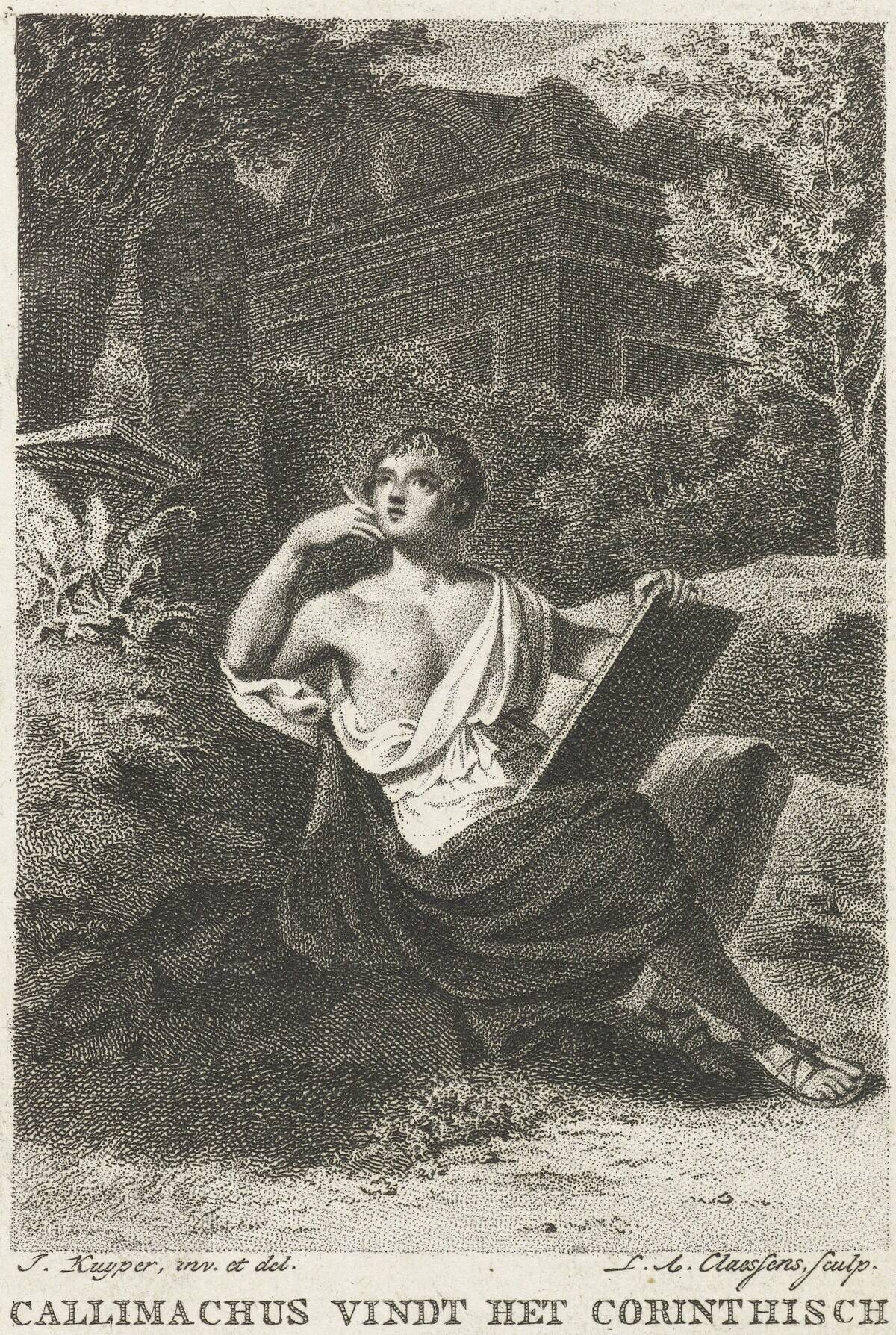
To manage its vast collection, the library developed an early form of cataloging devised by Callimachus, known as the ‘Pinakes.’ This system organized works by genre and author, a precursor to modern library classification.
The innovation ensured that scholars could efficiently access and cross-reference texts, demonstrating the library’s commitment to not just collecting knowledge, but making it usable and accessible.
Myths and Legends Surrounding the Library

Legends abound about the Library of Alexandria, from claims it housed every book ever written to tales of its mysterious destruction. Some stories suggest it was burned by Julius Caesar, while others blame other invading armies or religious zealots.
These myths contribute to its mystique, capturing the imagination and underscoring the library’s symbolic power as a lost treasure of human knowledge.
How the Library Shaped Ancient Egyptian Culture
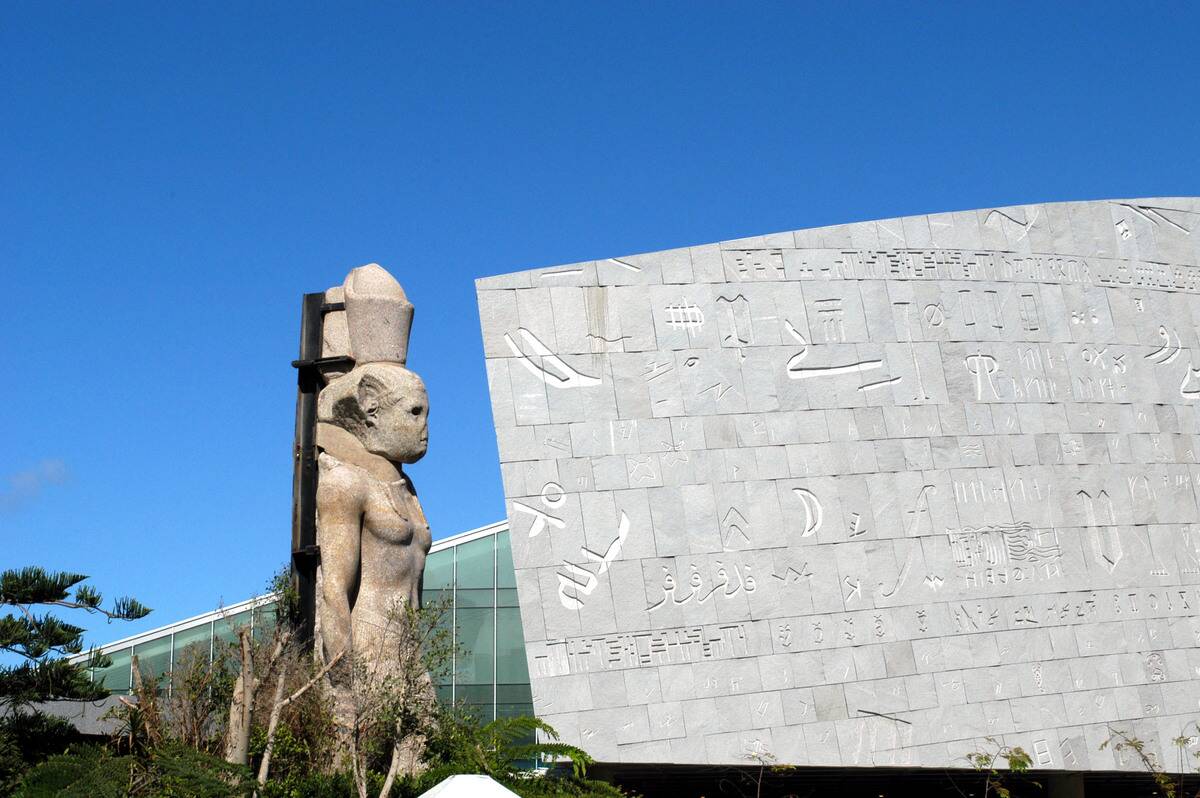
The library was not just a repository of foreign knowledge but also a catalyst for Egyptian culture. It facilitated the exchange of ideas and fostered a multicultural dialogue that enriched Egyptian civilization.
By integrating Greek and Egyptian traditions, the library helped to create a unique cultural synthesis that influenced art, science, and philosophy, leaving a lasting impact on Egypt and beyond.
The Mysterious Destruction of the Library
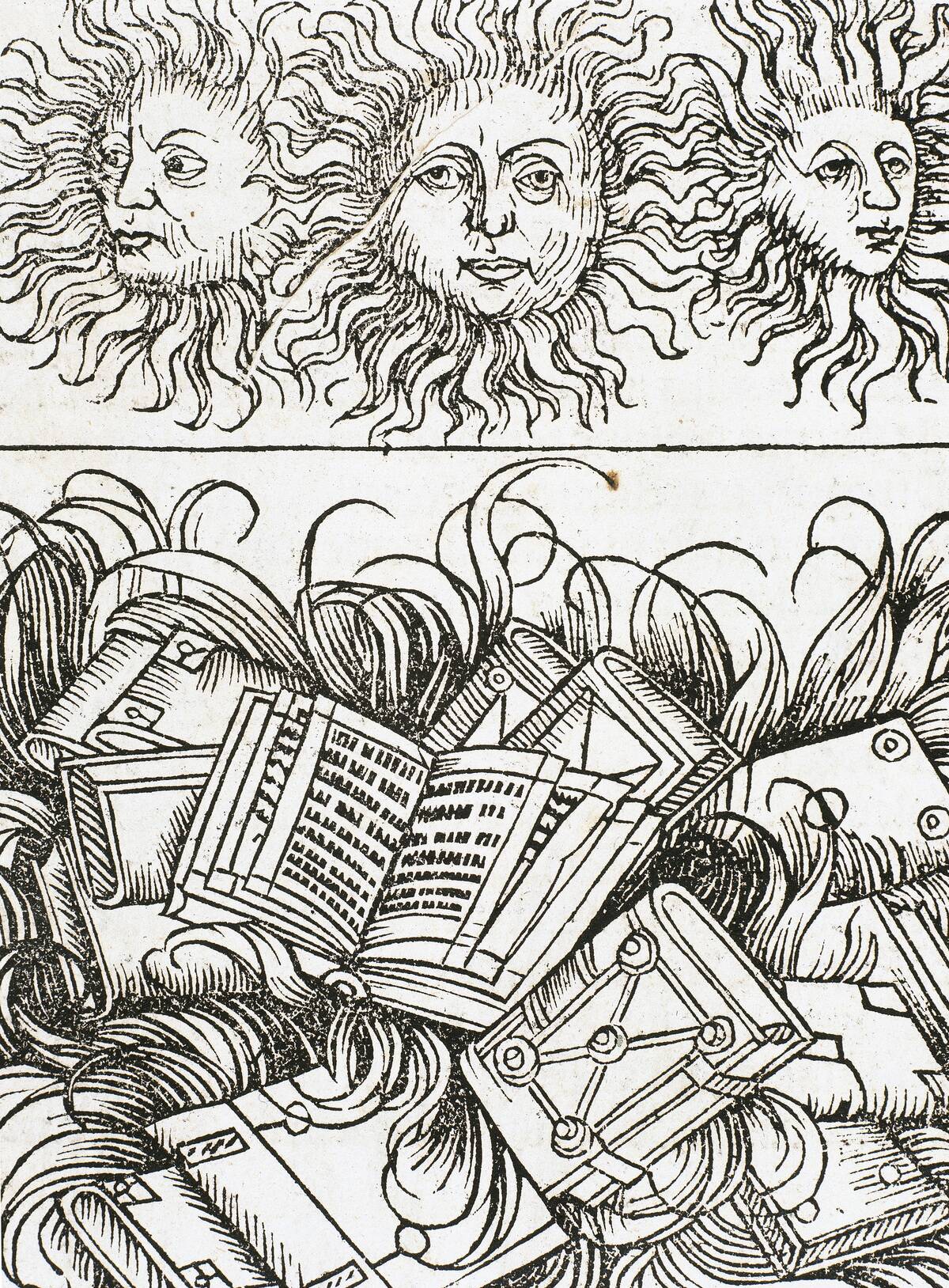
The destruction of the Library of Alexandria remains one of history’s great mysteries, with no definitive account of how it met its end.
Some suggest it was damaged during Caesar’s siege in 48 BCE, while others point to later conflicts or decrees limiting pagan institutions. Despite the mystery, its destruction marked a significant loss to global knowledge, symbolizing the fragility of human achievements.
Rediscovering the Library in Modern Times
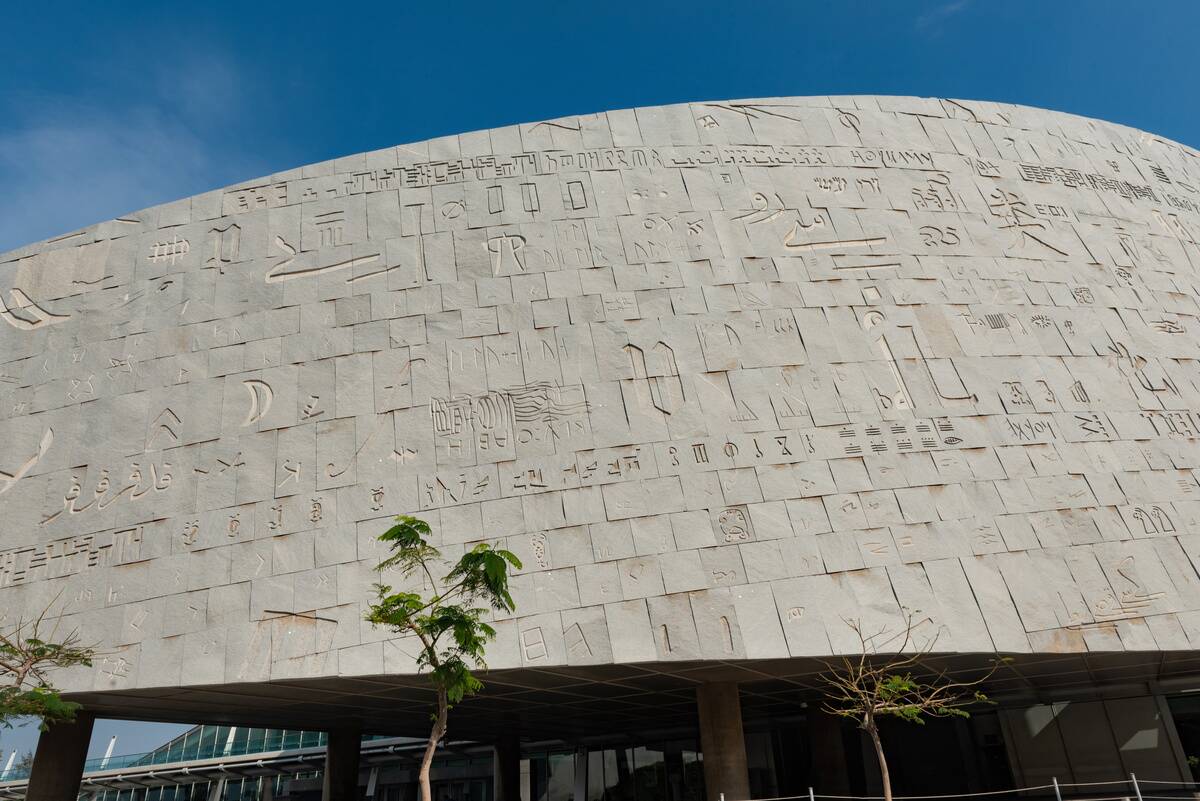
In 2002, the Bibliotheca Alexandrina opened as a tribute to the ancient library, rekindling interest in its legacy. This new library aims to recapture the spirit of intellectual exploration, housing millions of books and serving as a cultural center.
It represents a bridge between past and present, encouraging renewed scholarly and cultural pursuits while honoring the historical significance of its predecessor.
Visiting the Bibliotheca Alexandrina Today
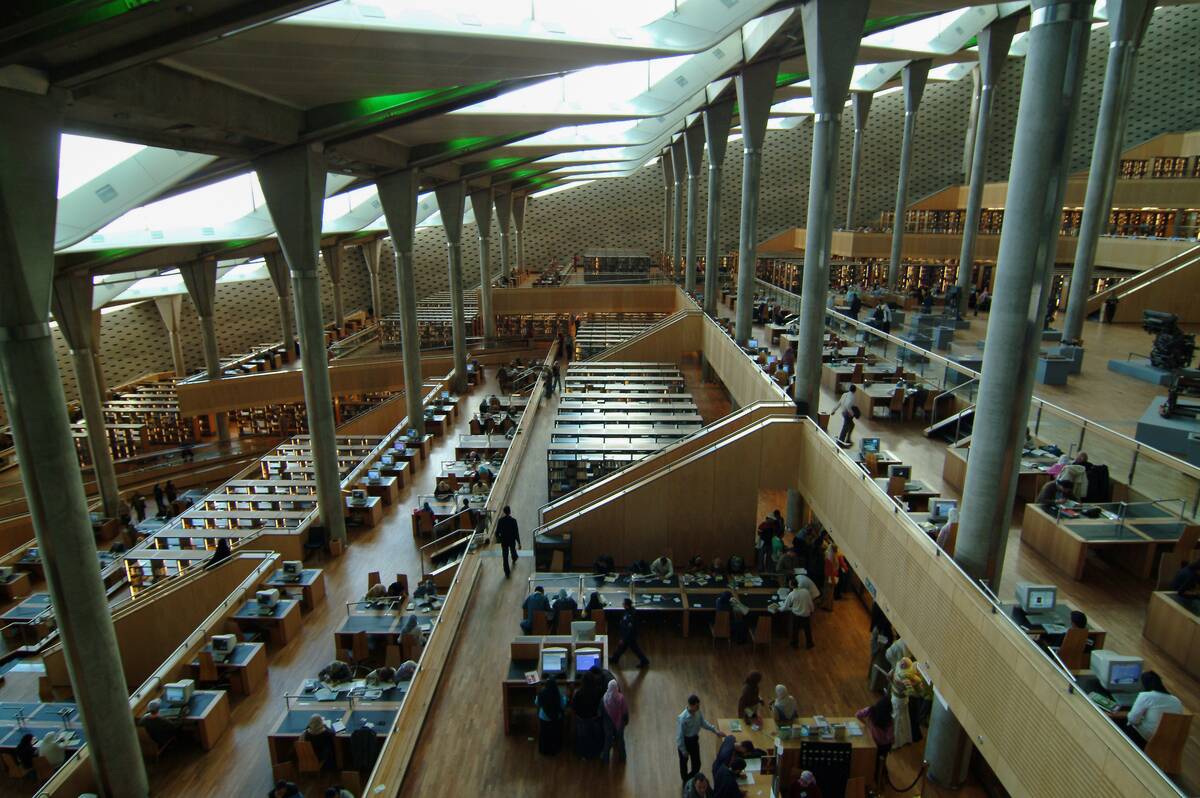
Today, visiting the Bibliotheca Alexandrina offers a unique experience, blending ancient inspiration with modern technology. Located near the original site, it features impressive architecture with a facade inscribed with characters from different alphabets.
Inside, visitors can explore expansive reading rooms, museums, and a planetarium, making it a vibrant hub for education and culture. It stands as a testament to the enduring legacy of Alexandria’s original library.



